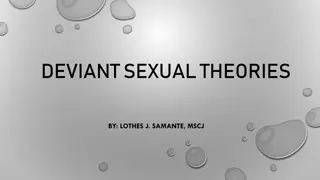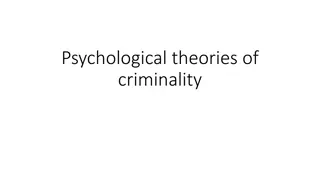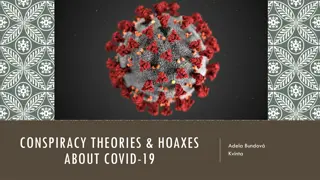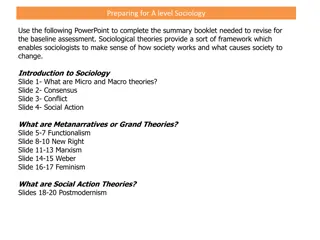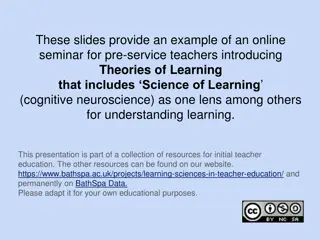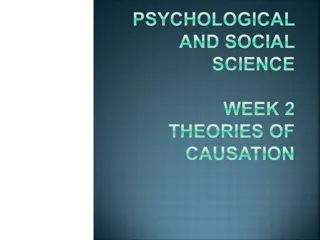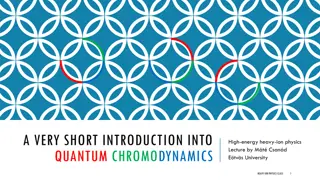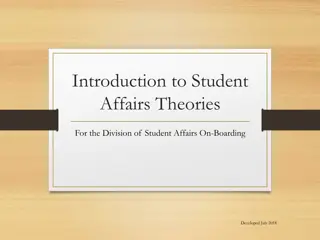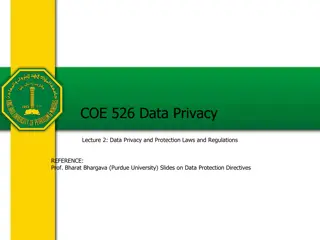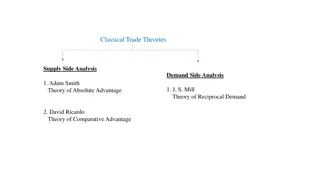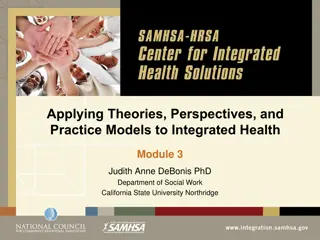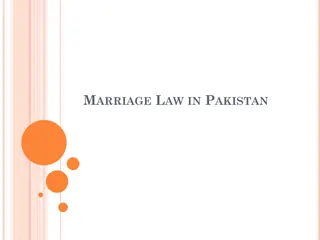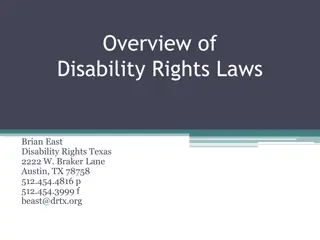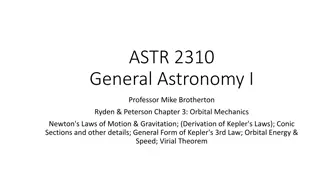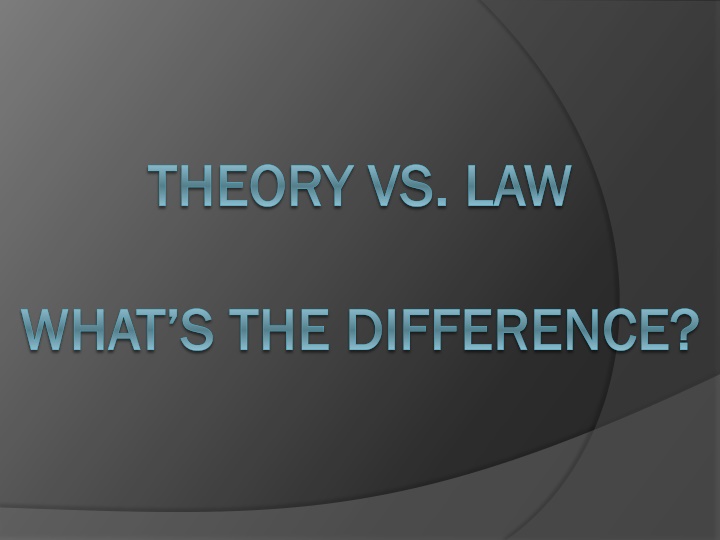
The Distinction Between Theory and Law in Science
Explore the differences between scientific theory and law, where theory is an explanation supported by evidence while a law describes observable phenomena. Learn why theories can change, but laws remain consistent.
Download Presentation

Please find below an Image/Link to download the presentation.
The content on the website is provided AS IS for your information and personal use only. It may not be sold, licensed, or shared on other websites without obtaining consent from the author. If you encounter any issues during the download, it is possible that the publisher has removed the file from their server.
You are allowed to download the files provided on this website for personal or commercial use, subject to the condition that they are used lawfully. All files are the property of their respective owners.
The content on the website is provided AS IS for your information and personal use only. It may not be sold, licensed, or shared on other websites without obtaining consent from the author.
E N D
Presentation Transcript
THEORY VS. LAW THEORY VS. LAW WHAT S THE DIFFERENCE? WHAT S THE DIFFERENCE?
Hypothesis Hypothesis Is an educated guess A step in the scientific method Easily supported or disproven through experimentation or further observations Can never be proven
Theory Theory The Misconception The Scientific Truth Well-supported, well- documented explanation As close to fact as one can get in science Explains how things work Summarizes a group of hypotheses Can be observed repeatedly with constant results Used to predict what will happen in new situations It s a guess We say things like: That s just your theory "It's a theory, not a fact,
Theory Theory The Misconception The Scientific Truth If tested over and over, it will become a law A theory will never be a law A law never was a theory They are two different things
Theory Theory The Misconception The Scientific Truth It will never change. Theories can be disproven or changed when new discoveries are made.
Scientific Theory Scientific Theory An explanation for how things work Well-supported, well-documented Can be observed repeatedly with constant results Used to predict what will happen in new situations It will never become a law May change with new discoveries
Law Law The Misconception The Scientific Truth Laws can be disproven or changed with new discoveries. Many theories, however, are accepted as true or as close to being fact as one can get in science. It is fact.
Law Law The Misconception The Scientific Truth It use to be a theory before it was tested some more. A law may be based on some theory, but it never was one. Laws and theories are different things.
Law Law The Misconception The Scientific Truth Laws only describe what happens. Theories are actually more specific as they explain the why things happen. If all scientists ever did was make laws, the world would be well- described, but no one would ever understand how it all worked. Laws are more important to scientist than theories.
Scientific Law Scientific Law Describes an observed how something in nature works Does not tell why Can changed or be disproven with new discoveries
Similarities between Theories and Laws Similarities between Theories and Laws The two terms can be confusing because they do have many things in common. They both: Are based on tested hypotheses and observations Are supported by a large amount of data Are accepted by most (or all) scientists Can be disproven at some time if new data is discovered Can be described using Qualitative or Quantitative statements
Differences between Theories and Laws Differences between Theories and Laws Laws are descriptions Laws tell what happens Theories are explanations Theories tell why or how it happens
Famous Scientific Laws and Theories Famous Scientific Laws and Theories Big Bang Theory Evolution Theory Law of Conservation of Mass Law of Conservation of Energy Newton s Laws of Motion Universal Law of Gravitation
Qualitative vs. Quantitative Qualitative vs. Quantitative Qualitative Quantitative Qual = Quality Describes with words Quant = Quantity Describes with amount s, numbers, or equations Examples: My dog s brown tail is 6 cm in length. Examples: My dog has a short, brown tail. Area of a Rectangle: A = l x w The area of a rectangle is related to its length and width.
Qualitative Statements Qualitative Statements 1. 2. 3.
Quantitative Statements Quantitative Statements 1. 2. 3.
Determine if the following are qualitative Determine if the following are qualitative or quantitative statements. or quantitative statements. He is 6 feet tall. Many dogs are barking outside. The leaves of the plant feel waxy. The white powder tasted sweet. The fire extinguisher is located near the storage room door. Every 60 seconds, the temperature of the water rose 1 degree. The ball rolled 13 feet before stopping. The object has a width of 4 cm. I heard thunder 8 seconds after the lightning strike. There are 11 starts hanging from the ceiling in Miss Amole s class. The bicycle has an orange, brown color on parts of the metal. There is a musty smell coming from the refrigerator.
Websites Cited Websites Cited http://chemistry.about.com/od/chemistry101 /a/lawtheory.htm http://science.howstuffworks.com/innovatio n/scientific-experiments/10-scientific-laws- theories.htm http://science.kennesaw.edu/~rmatson/338 0theory.html http://www.evolution.mbdojo.com/theory.ht ml http://www.notjustatheory.com/

